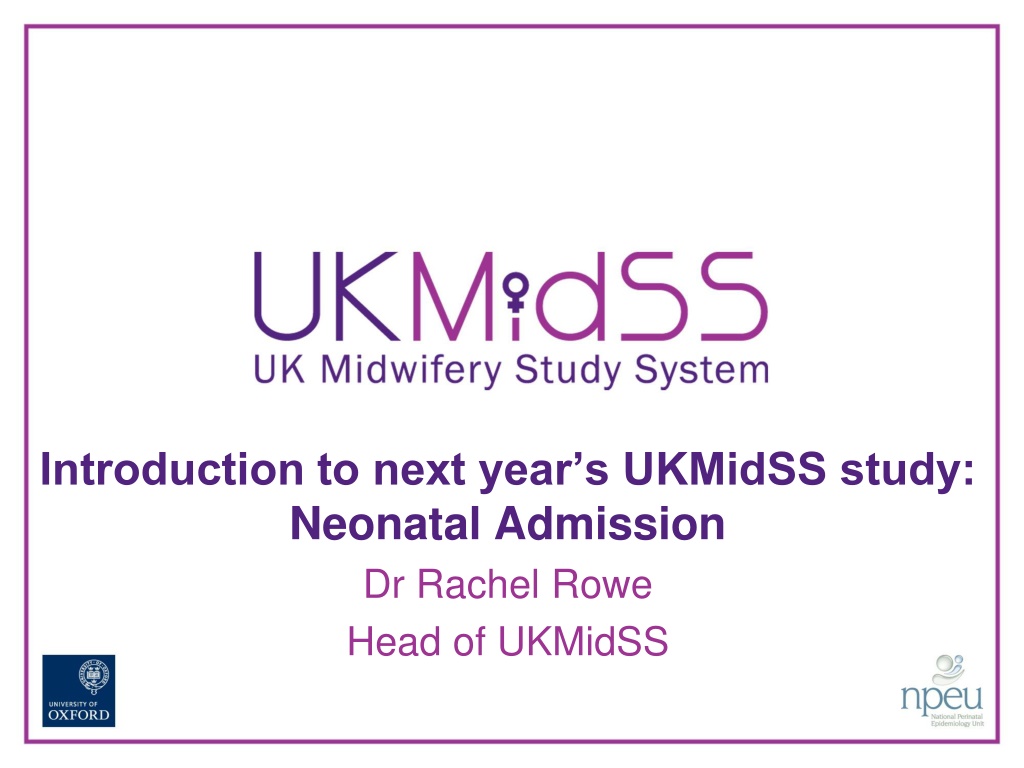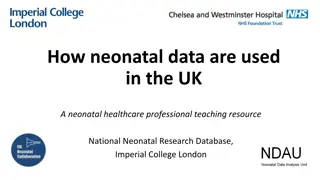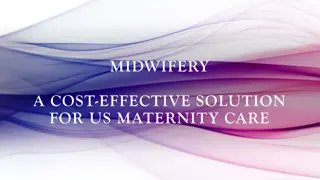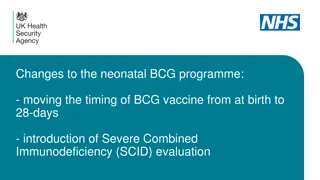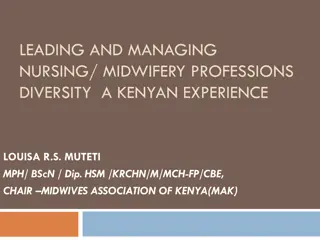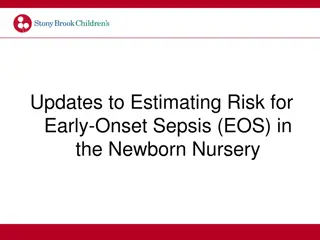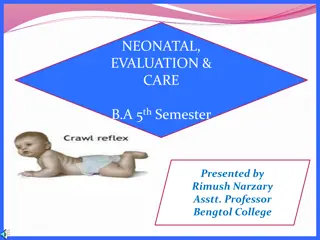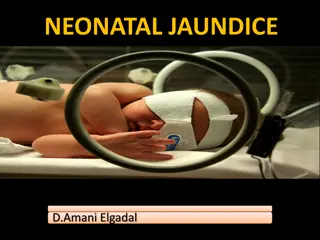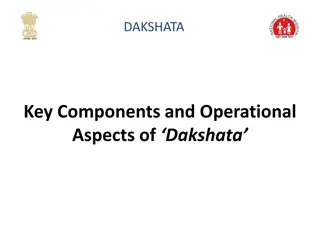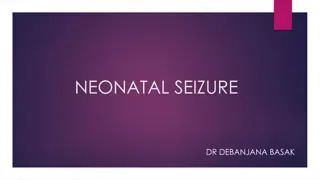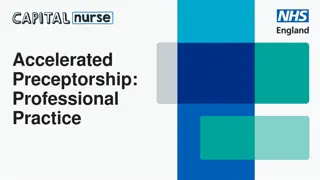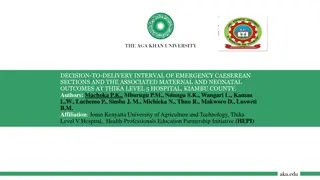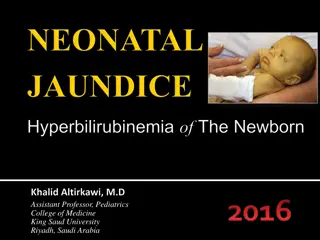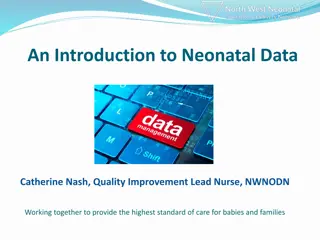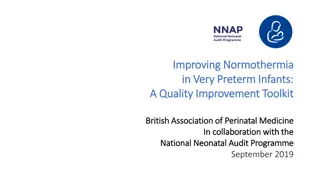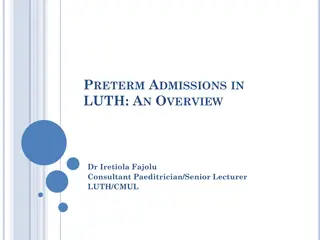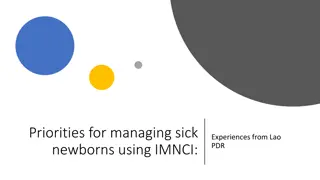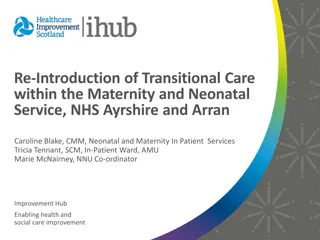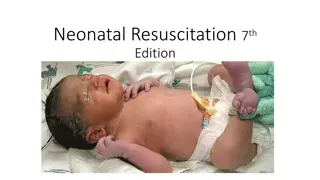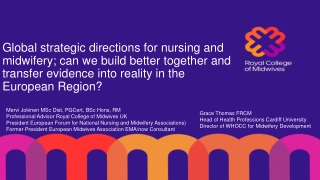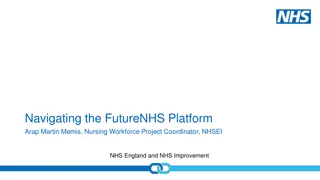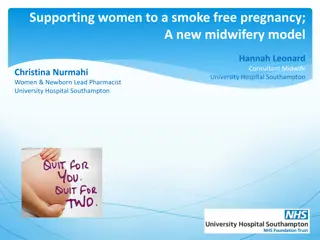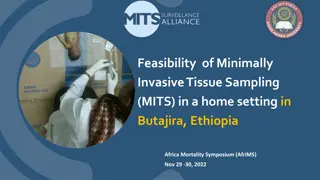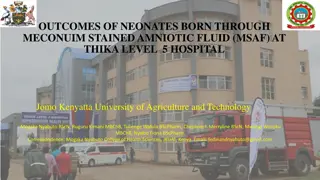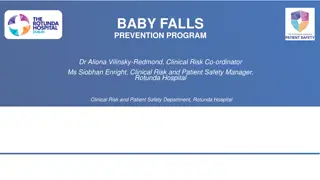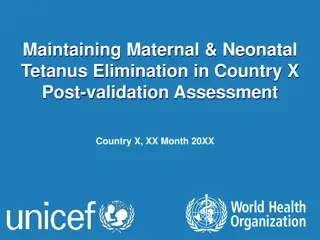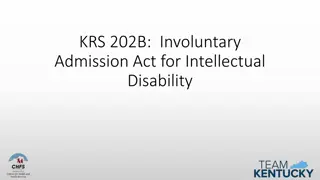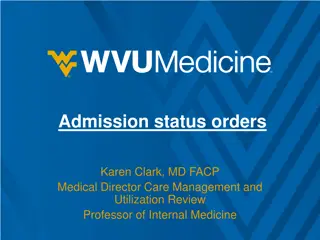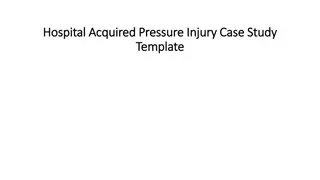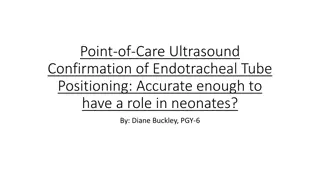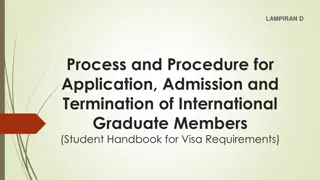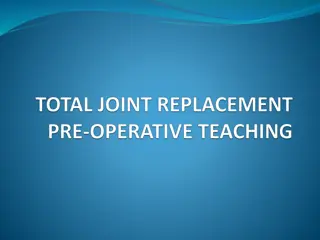Neonatal Admission Study: Understanding Risk Factors in Midwifery Settings
Neonatal Admission Study led by Dr. Rachel Rowe aims to investigate the admission of babies to neonatal care following birth in midwifery units. The study focuses on identifying risk factors and potential improvements in outcomes. The case-control study involves monthly data collection for 12 months using OpenClinica to gather information on cases and controls. The control selection criteria ensure comparison with women who gave birth before cases and whose babies were not admitted to neonatal care.
Download Presentation

Please find below an Image/Link to download the presentation.
The content on the website is provided AS IS for your information and personal use only. It may not be sold, licensed, or shared on other websites without obtaining consent from the author. Download presentation by click this link. If you encounter any issues during the download, it is possible that the publisher has removed the file from their server.
E N D
Presentation Transcript
Introduction to next years UKMidSS study: Neonatal Admission Dr Rachel Rowe Head of UKMidSS
Overview Background Methods Case definition Control selection Timetable
Background Why are we interested in neonatal admission? Guidelines recommend transfer when complications arise ~40% of adverse perinatal outcomes in births planned in midwifery-led settings occurred where no transfer took place Potential indicator of event where different management might have made a difference to outcome
Methods National case-control study Objectives To find out how many babies are admitted to a neonatal unit following birth in a midwifery unit To investigate risk factors for admission to a neonatal unit in babies born in a midwifery unit
Case definition Any woman who gives birth in the midwifery unit and whose baby: Is admitted to neonatal care within 48 hours of birth or before discharge home (whichever is sooner) OR Is stillborn or dies within 48 hours of birth without admission to neonatal care
Data collection Monthly reporting for 12 months Collecting data about cases and controls using OpenClinica Section 1. Woman s details Section 2. Pregnancy/antenatal history Section 3. Labour and birth care Section 4. Baby care and outcomes
Control selection 1. Who are our cases? Any woman who gives birth in the midwifery unit and whose baby: Is admitted to neonatal care within 48 hours of birth or before discharge home (whichever is sooner) OR Is stillborn or dies within 48 hours of birth without admission to neonatal care 2. Who are our controls? The two women who gave birth in the midwifery unit immediately before the case, whose baby was NOT admitted to neonatal care etc.
Control selection summary For the Neonatal Admission Study Controls should be the two women who gave birth in the midwifery unit immediately before the case, whose baby was NOT admitted to neonatal care or die within 48 hours of birth Note that for this study it is more important that controls were women who gave birth immediately BEFORE the case If you are unsure, please check!
Timetable Piloting forms in OpenClinica November-December 2016 Sample forms on our website early 2017 Start data collection from 1st March 2017 First monthly report request 1st April 2017 Continue collecting data for 12 months Analysis and publication 2018
Thank you! Any questions or comments? ukmidss@npeu.ox.ac.uk https://www.npeu.ox.ac.uk/ukmidss @NPEU_UKMidSS This is independent research arising from a National Institute for Health Research (NIHR) Post Doctoral Fellowship awarded to Rachel Rowe (PDF-2014-07-006). The views expressed are those of the author and not necessarily those of the NHS, the NIHR or the Department of Health.
